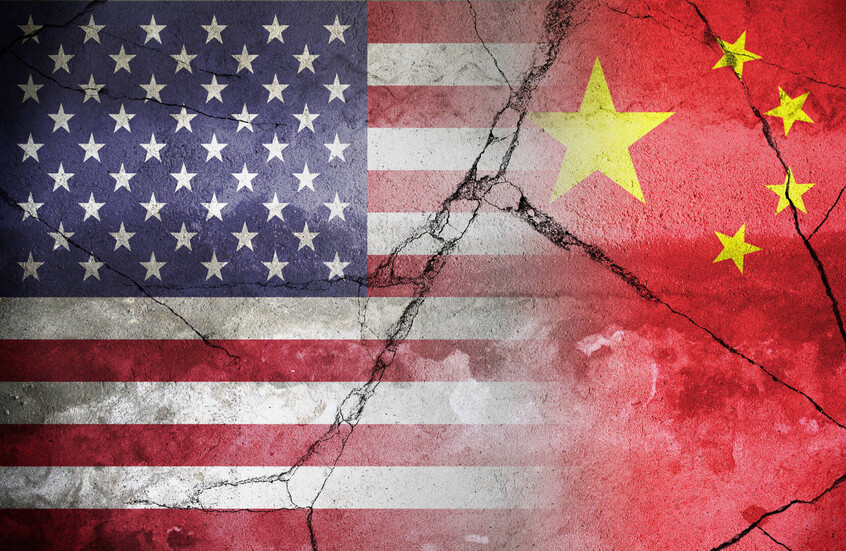In a recent statement, U.S. President Donald Trump declared that the United States would confront China in a “very friendly manner.”
The comment came during an energy summit at Carnegie Mellon University, where Trump also praised a new trade agreement with Indonesia and hinted at future deals with India.
This softer tone contrasts sharply with Donald Trump historically aggressive stance toward Beijing, raising questions about whether the U.S.–China relationship is entering a new phase—or simply a tactical pause in a broader strategic rivalry.
Underlying Tensions: Trade, Tariffs, and Strategic Competition
Despite Trump’s diplomatic phrasing, tensions between Washington and Beijing remain high.
Since returning to office in 2025, Donald Trump has reignited the trade war with sweeping tariffs on Chinese imports, citing unfair trade practices and national security concerns.
Key flashpoints include:
- Tariffs and Trade Barriers: The U.S. has imposed tariffs exceeding 100% on Chinese goods, while China has retaliated with restrictions on American exports and rare earth minerals.
- Technology and IP Disputes: Washington accuses Beijing of intellectual property theft and unfair subsidies to Chinese tech firms.
- Geopolitical Alignments: China’s growing support for Russia and its assertiveness in the South China Sea have further strained relations.

Strategic Calculations on Both Sides
While Donald Trump touts a “friendly” approach, analysts suggest this may be a calculated move to extract concessions from China.
Beijing, meanwhile, is navigating a delicate balance—seeking to avoid economic fallout while maintaining its strategic posture.
Recent developments include:
- High-Level Diplomacy: U.S. Secretary of State Marco Rubio is set to meet Chinese Foreign Minister Wang Yi in Malaysia amid escalating trade tensions.
- Rare Earths Deal: A tentative agreement was reached to ease export restrictions on critical minerals, signaling a willingness to negotiate.
- Student Visas and Tech Exports: The U.S. has lifted some restrictions on Chinese students and chip design software, possibly as part of a broader trade framework.
Global Implications of U.S.–China Rivalry
The rivalry between the world’s two largest economies has ripple effects across the globe:
- Supply Chain Disruptions: Tariffs and export controls are reshaping global manufacturing and trade routes.
- Allied Pressures: U.S. allies like Japan and South Korea face tough choices as they navigate defense ties and economic dependencies.
- ASEAN Dynamics: Southeast Asian nations are caught in the middle, with some facing steep tariffs if they’re seen as transshipment hubs for Chinese goods.

Donald Trump Unpredicted Strategy
While Trump’s rhetoric may sound conciliatory, the underlying strategy remains transactional and unpredictable.
Both Washington and Beijing are leveraging economic tools to gain geopolitical advantage, and any “friendly” overture may be short-lived.
As the August deadline for new tariffs looms, the world watches closely to see whether diplomacy or confrontation will define the next chapter of U.S.–China relations.


